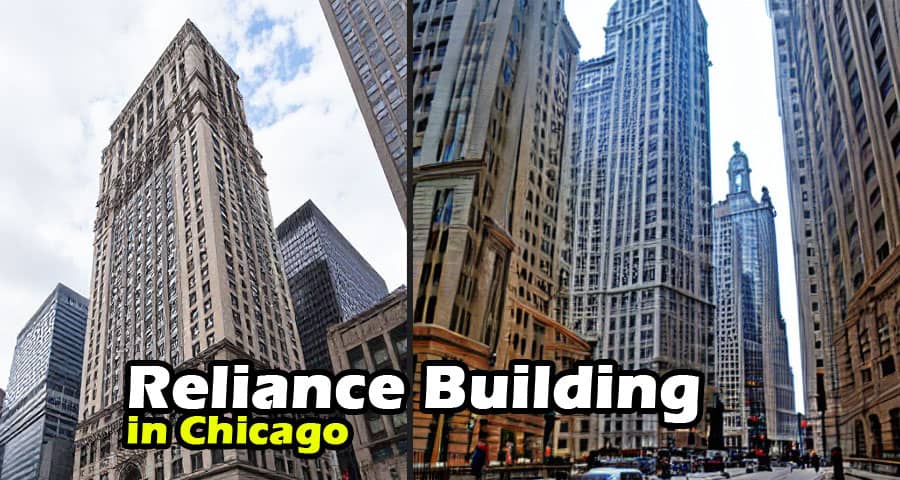Why is the Reliance Building in Chicago so famous?

Introduction to the Reliance Building
The Reliance Building, located at 32 North State Street in downtown Chicago, holds a distinguished place in architectural history. This iconic structure, completed in 1895, is celebrated as a hallmark of early skyscraper design. Designed by architects Charles B. Atwood and Daniel H. Burnham, it is widely recognized as one of the most innovative buildings of its time, influencing the direction of modern architecture globally.
The Architectural Prowess of the Reliance Building
A Revolutionary Use of Materials
The Reliance Building was groundbreaking in its use of steel-frame construction, a technique that allowed for taller, lighter structures compared to traditional masonry buildings. The steel skeleton made it possible to include expansive windows, flooding the interior with natural light. This innovation laid the foundation for the glass-and-steel skyscrapers that dominate modern skylines.
The building's terracotta cladding, a lightweight and fire-resistant material, further distinguished it from contemporaries. Its intricate detailing and white-glazed surface reflect the Beaux-Arts style, adding an air of elegance to its revolutionary design.
Floor-to-Ceiling Windows: A Visionary Design
One of the most striking features of the Reliance Building is its large floor-to-ceiling windows. These expansive windows not only created a brighter and more welcoming interior but also symbolized a shift in architectural priorities. By maximizing natural light, the building catered to both aesthetic and practical needs, setting a new standard for commercial spaces.
A Precursor to Modern Skyscrapers
The Reliance Building is often hailed as the precursor to the modern glass-and-steel skyscraper. Its design embodies the principles of the Chicago School of Architecture, emphasizing simplicity, functionality, and innovation. The influence of its design can be seen in countless skyscrapers constructed throughout the 20th century.
The History of the Reliance Building
Origins and Construction
The Reliance Building's history begins in 1890 when the first two floors were constructed. The original architect, John Root, passed away before the project was completed, and Charles B. Atwood took over the design. The upper floors were added in 1895, marking the completion of this architectural masterpiece.
A Changing Purpose Over Time
Initially built as an office building, the Reliance Building became a hub for medical professionals in its early years. Over the decades, its purpose evolved, reflecting changes in Chicago's urban landscape. By the mid-20th century, the building fell into disrepair, but a concerted effort to preserve its legacy led to an extensive restoration project in the 1990s.
Restoration and Modern Usage
The meticulous restoration of the Reliance Building returned it to its former glory, preserving its historical and architectural significance. Today, it operates as a boutique hotel, the Staypineapple, offering visitors a unique opportunity to experience a piece of architectural history firsthand.
The Significance of the Reliance Building
A Symbol of Innovation
The Reliance Building represents a turning point in architectural history. It embodies the transition from traditional construction methods to modern techniques, influencing generations of architects. Its design demonstrates the potential of combining functionality with aesthetic appeal, a principle that continues to guide contemporary architecture.
An Enduring Landmark
As a designated Chicago Landmark and listed on the National Register of Historic Places, the Reliance Building is a testament to the city's rich architectural heritage. Its preservation ensures that future generations can appreciate its innovative design and historical significance.
A Tourist Attraction
Today, the Reliance Building attracts architecture enthusiasts, historians, and tourists from around the world. Its central location in Chicago makes it an accessible and must-see destination for anyone interested in the evolution of skyscraper design.
Conclusion
The Reliance Building in Chicago is far more than a historic structure; it is a symbol of architectural ingenuity and a precursor to the modern skyscrapers that define urban landscapes today. Its revolutionary use of materials, innovative design, and enduring legacy make it one of the most celebrated buildings in architectural history.
Please watch following short video for Reliance Building in Chicago
